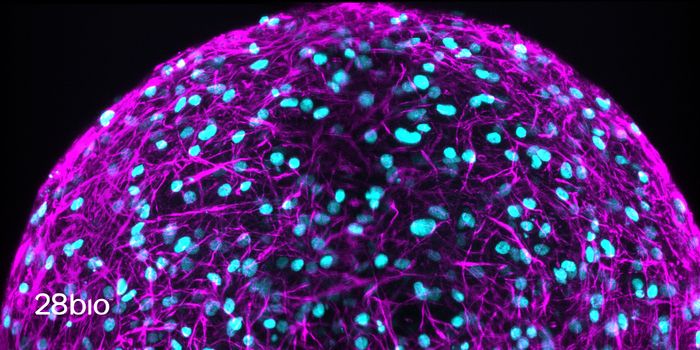The Hand That Sees
When a patient loses a limb, to injury or disease, the recovery is long and arduous. Re-learning how to do many daily tasks can be difficult and exhausting. Artificial limbs are becoming more and more advanced however, with some of the latest models being partially controlled by the wearer’s thoughts. Biomedical engineers at Newcastle University have gone one step further however. A new design from the a research team there for a bionic hand has a unique system to allow amputees to better grasp and lift objects.
Rather than having the user look at an object and then mentally attempt to trigger the correct muscles, the prosthesis is equipped with a small digital camera. The camera, backed by software, takes a quick snapshot of the item in range, assesses it’s size, shape and weight and then automatically triggers the robotic hand to make the correct series of movements to touch, grasp and lift the object. The whole process is designed to be as natural as possible, accomplishing a task in one fluid movement instead of a series of jerky and unstable maneuvers.
A few patients have tried out the device in a small study organized by the Newcastle upon Tyne Hospitals NHS Foundation Hospital Trust. Patients at Freeman Hospital may soon see the device being used more frequently there as well. The results of the study were published recently in the Journal of Neural Engineering. Study co-author and Newcastle Lecturer in Biomedical Engineering, Dr Kianoush Nazarpour stated in a press release, “Prosthetic limbs have changed very little in the past 100 years – the design is much better and the materials’ are lighter weight and more durable but they still work in the same way. Using computer vision, we have developed a bionic hand which can respond automatically – in fact, just like a real hand, the user can reach out and pick up a cup or a biscuit with nothing more than a quick glance in the right direction. Responsiveness has been one of the main barriers to artificial limbs. For many amputees the reference point is their healthy arm or leg so prosthetics seem slow and cumbersome in comparison. Now, for the first time in a century, we have developed an ‘intuitive’ hand that can react without thinking.”
The team developed intricate software for different grips that are commonly used by human hands. The software can take a picture of an object and then compare that object by size and shape to determine which set of grasping movements would be necessary to pick up the object. This work took a great deal of time since the computer had to have images of hundreds of objects from different angles, in different orientations, lighting and backgrounds so that virtually anything could be recognized and matched correctly by the computer. Four specific grasping mechanisms were built into the device: Palm/wrist neutral (used with picking up a cup), palm/wrist pronated similar to the action of picking up a TV remote, tripod which is a thumb and two forefingers, and pincer, using the thumb and pointer finger. All of this happens in just milliseconds, which is significantly faster than any other prosthetic.
The engineers plan to expand the current research to include the ability to sense temperature and pressure and transmit that information to the brain of the patient. For now however, some of the study participants using “the hand that sees” are thrilled with how much it can actually do. Doug McIntosh, from West Hill, Abereen is one of the amputees helping with the research. He lost his arm to a rare form of cancer and he called the new prosthesis “a huge leap forward.” The video below explains more about how it all works, take a look at this groundbreaking technology in action.
Sources: Newcastle University, Journal of Neural Engineering, Science 2.0









